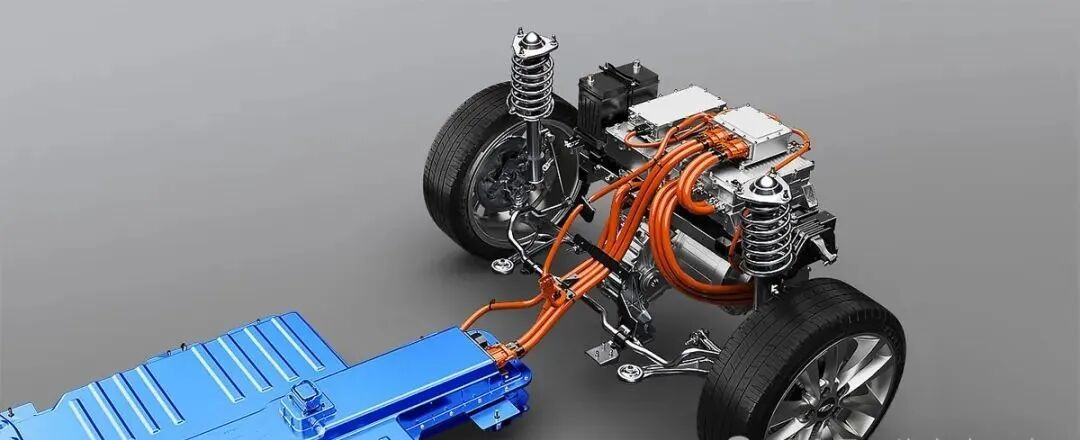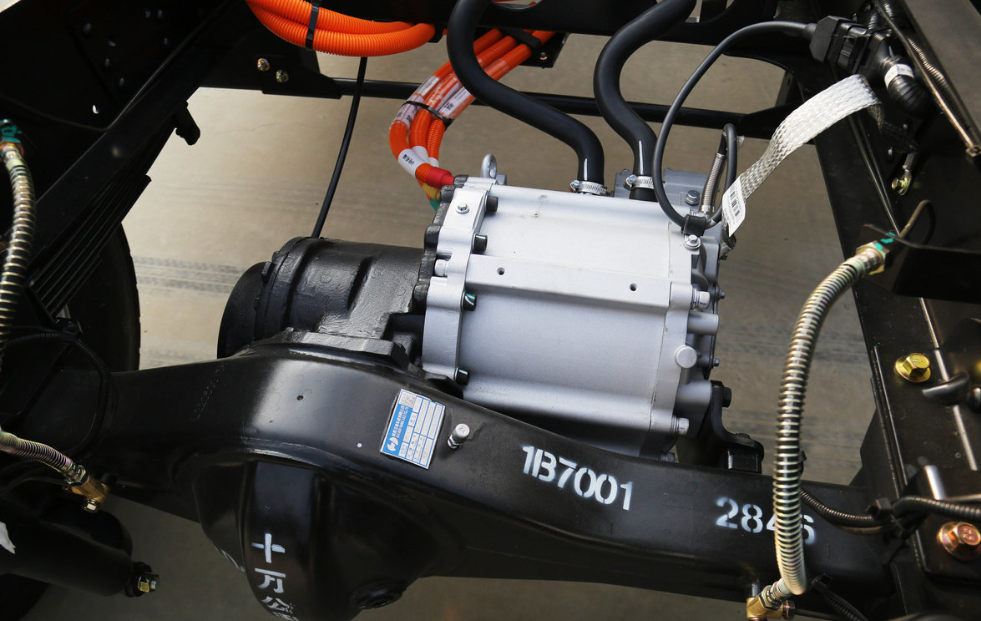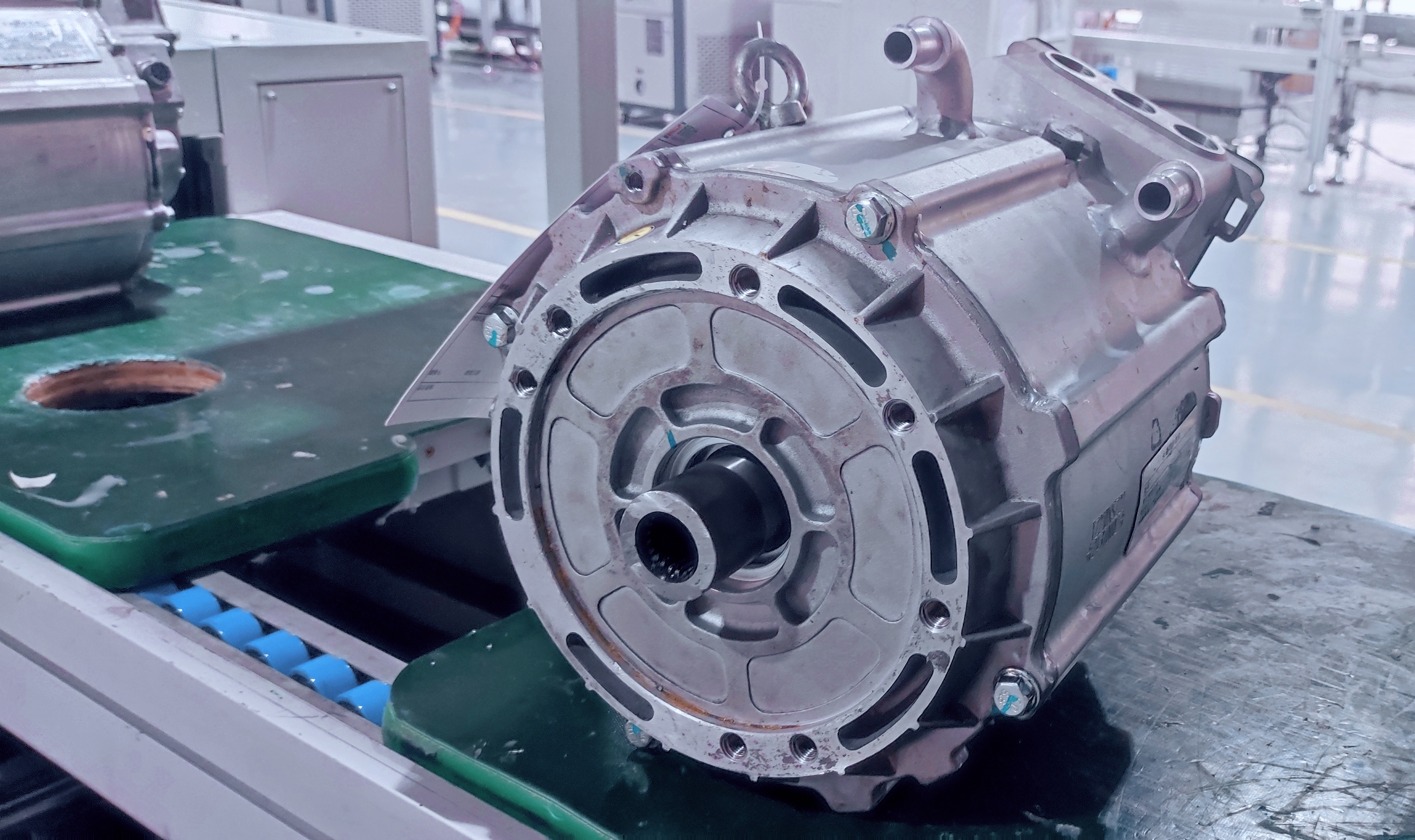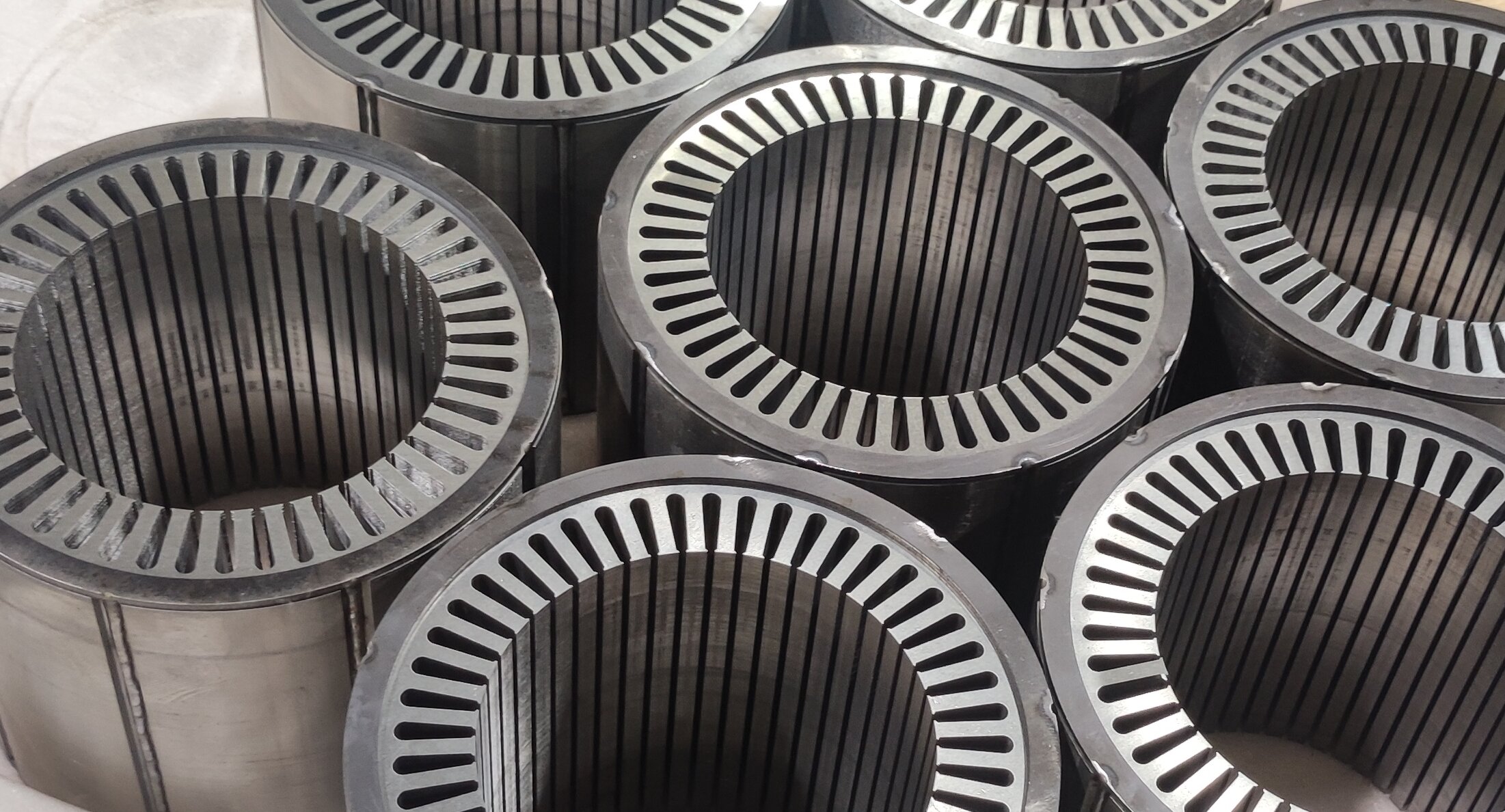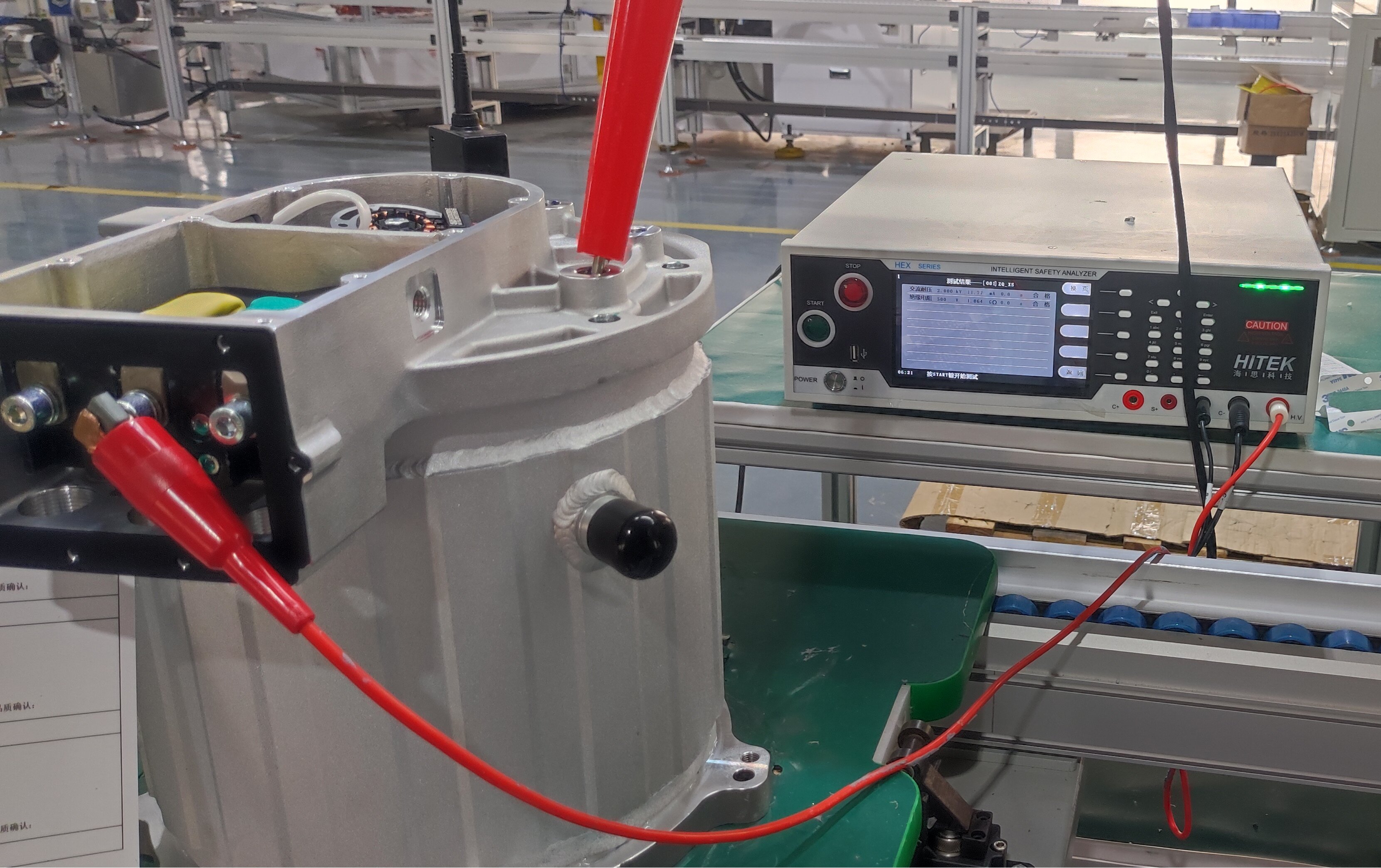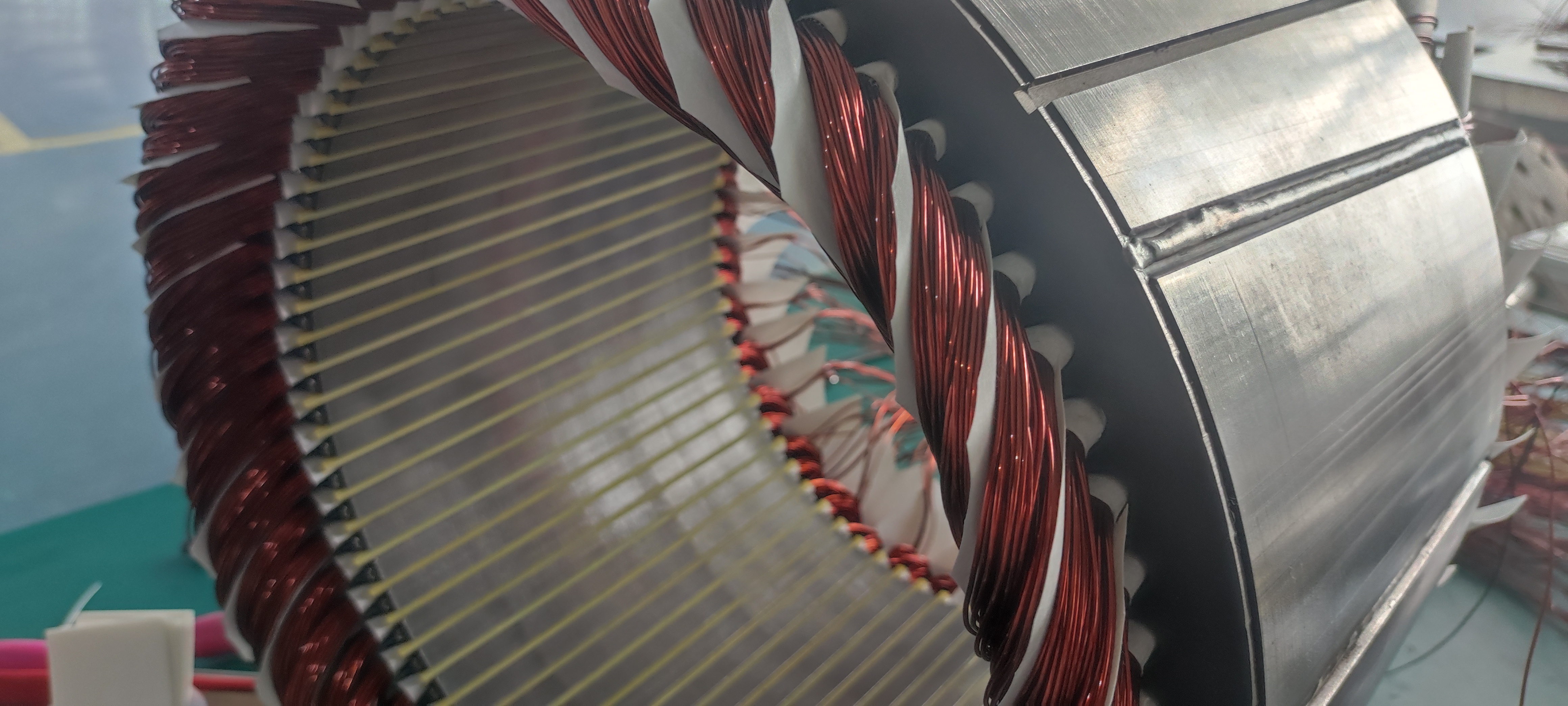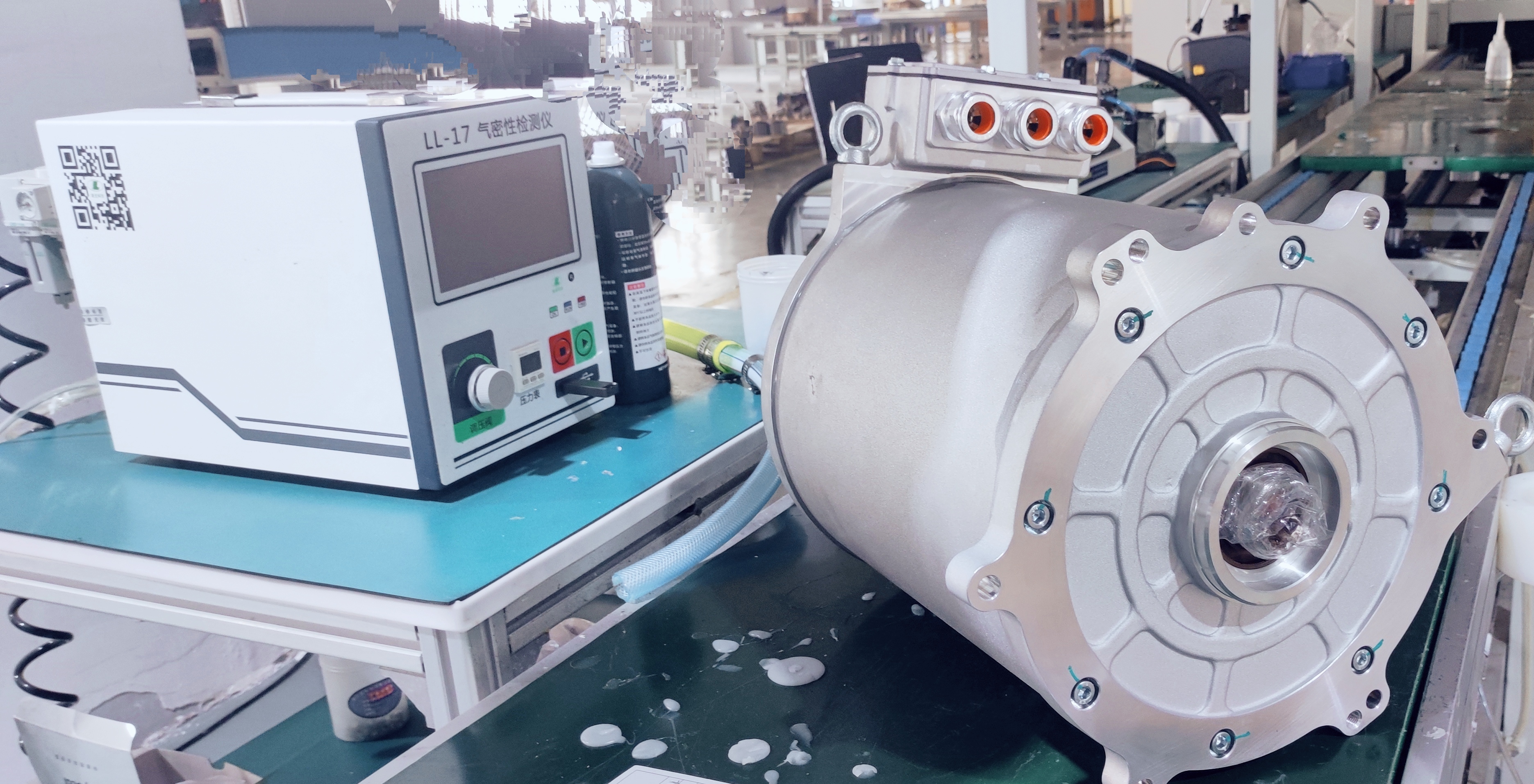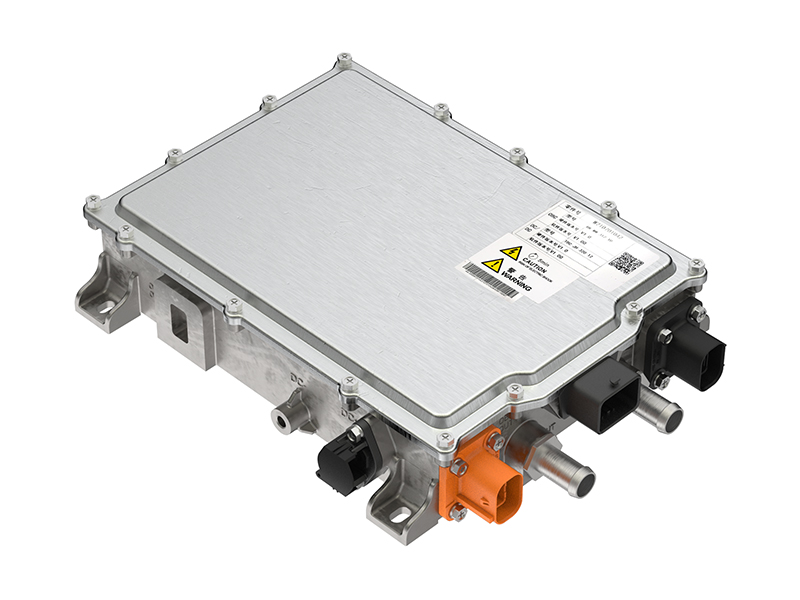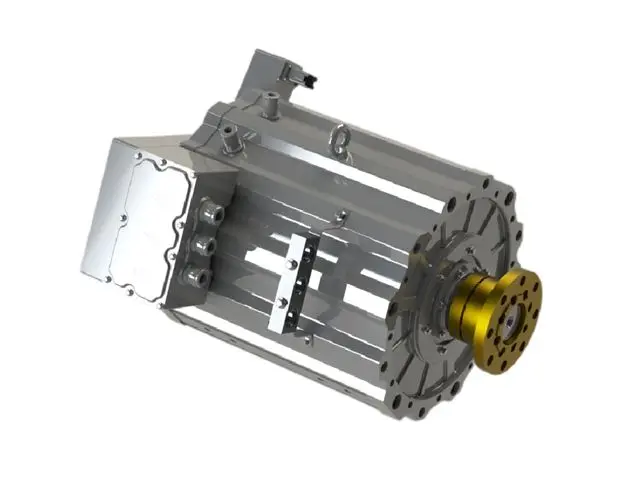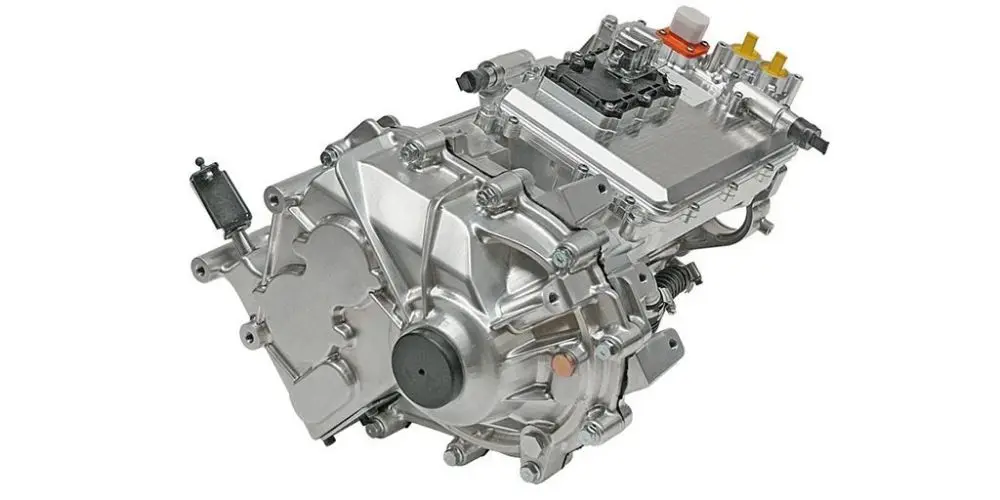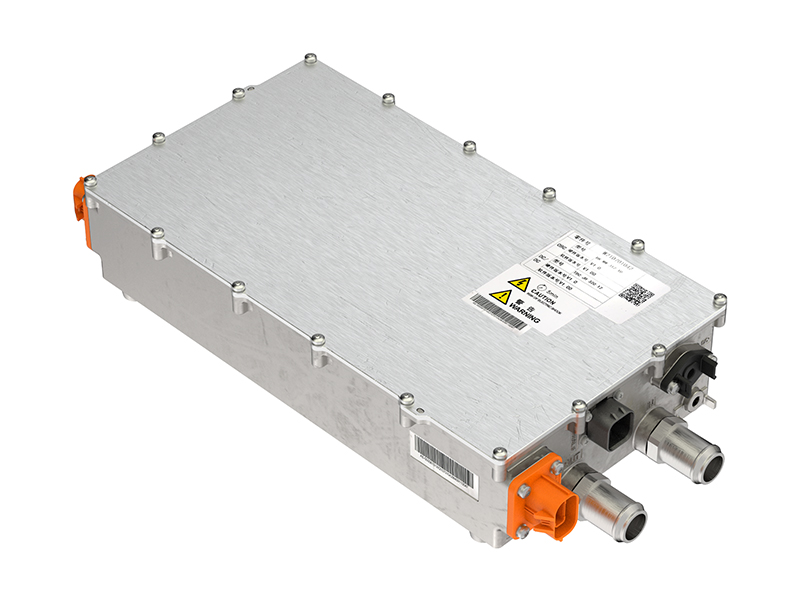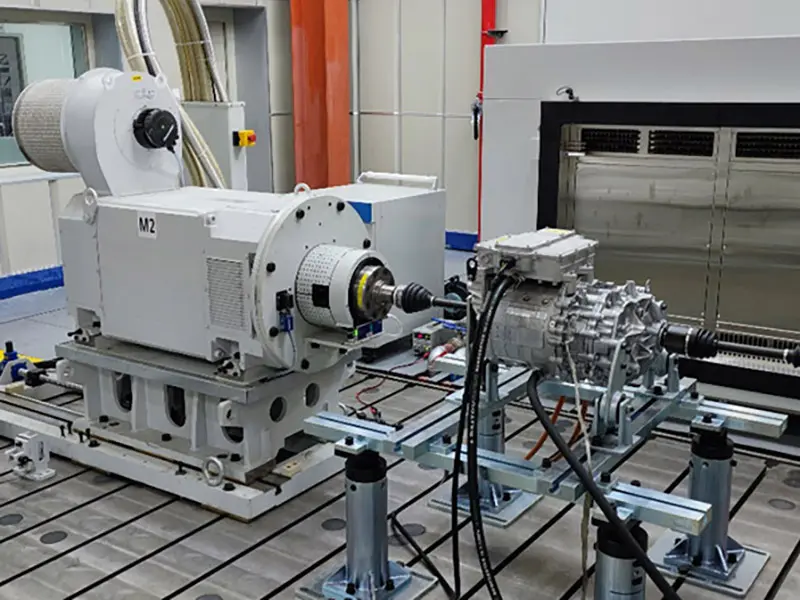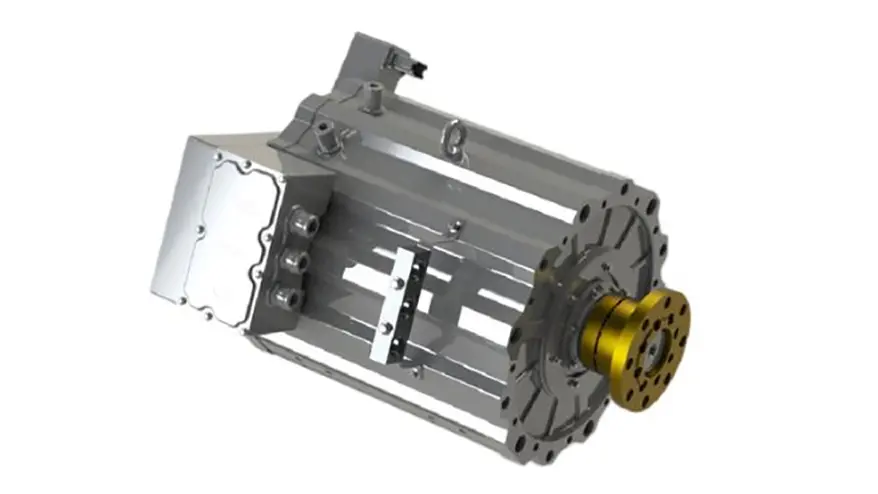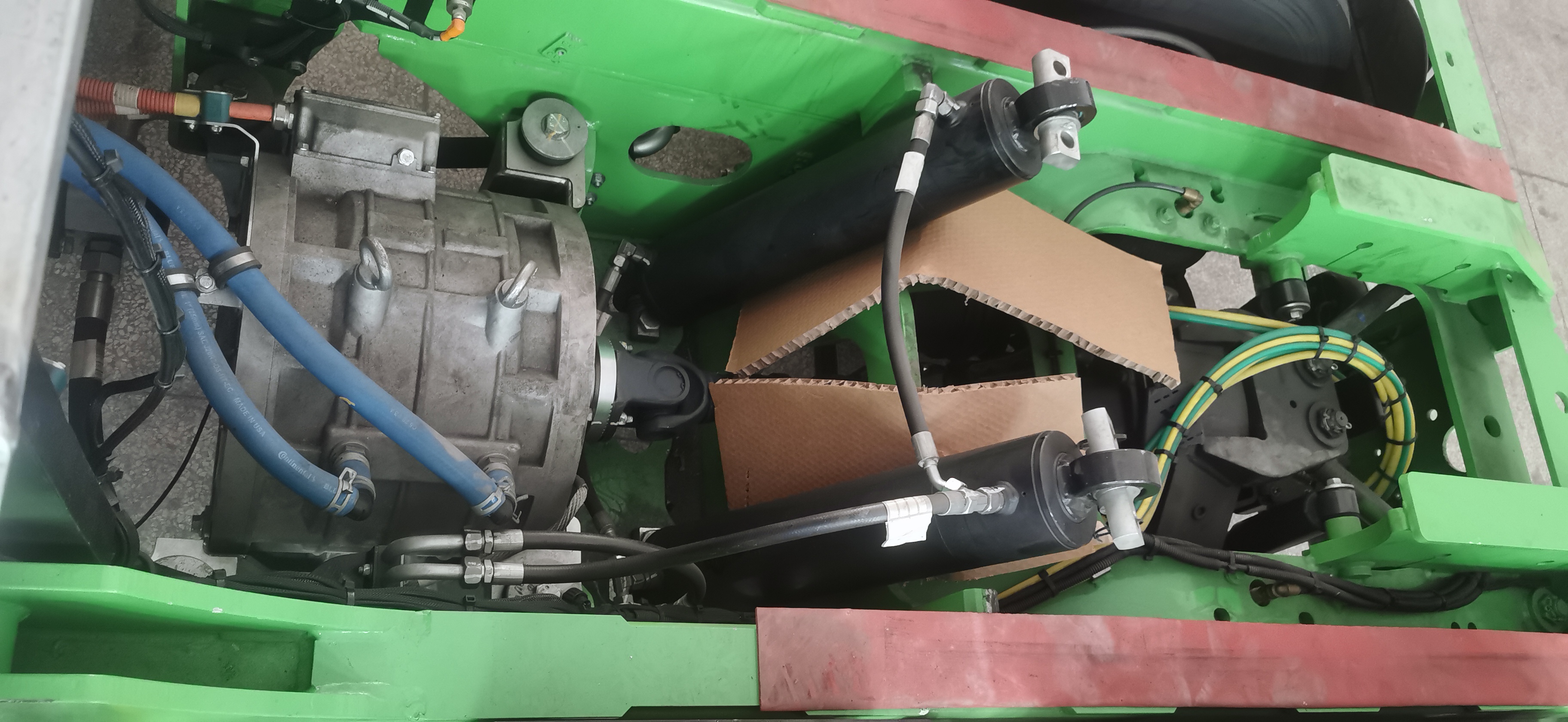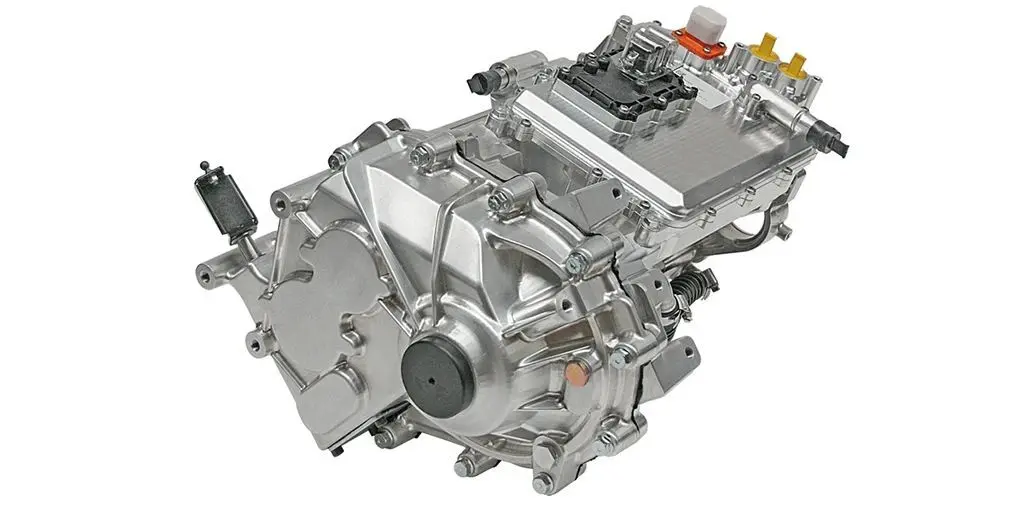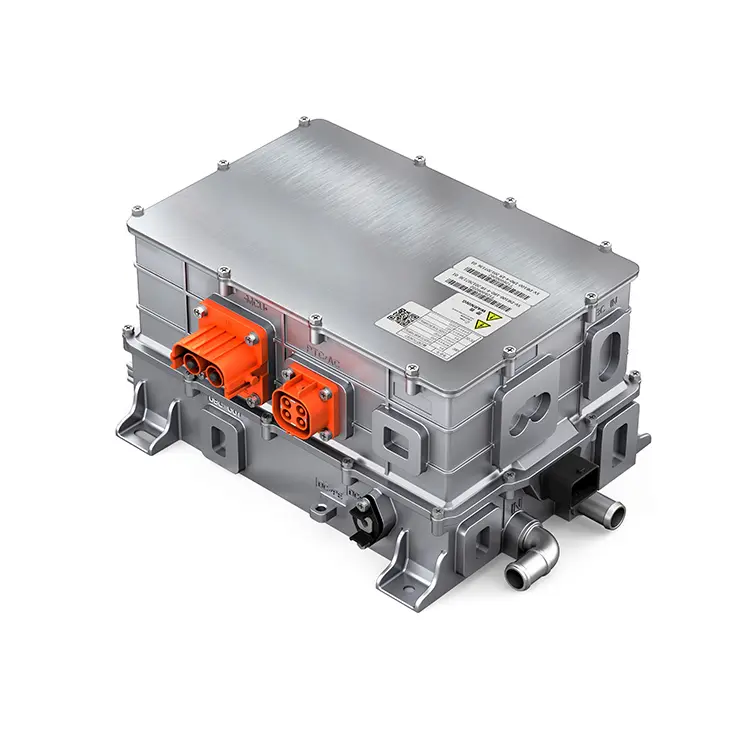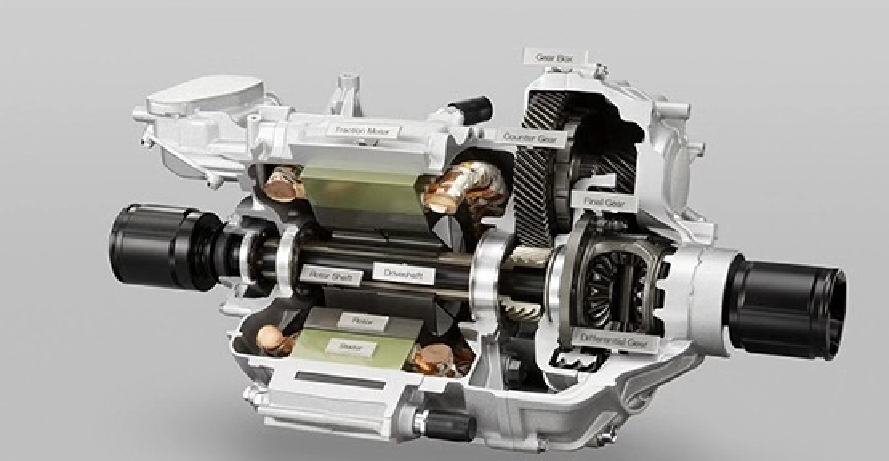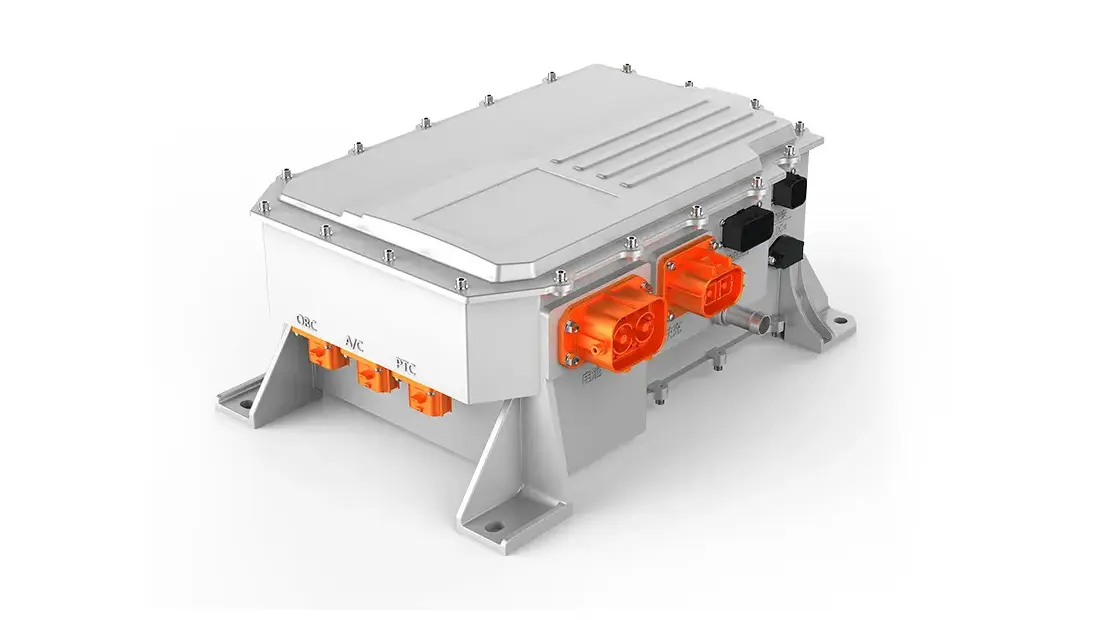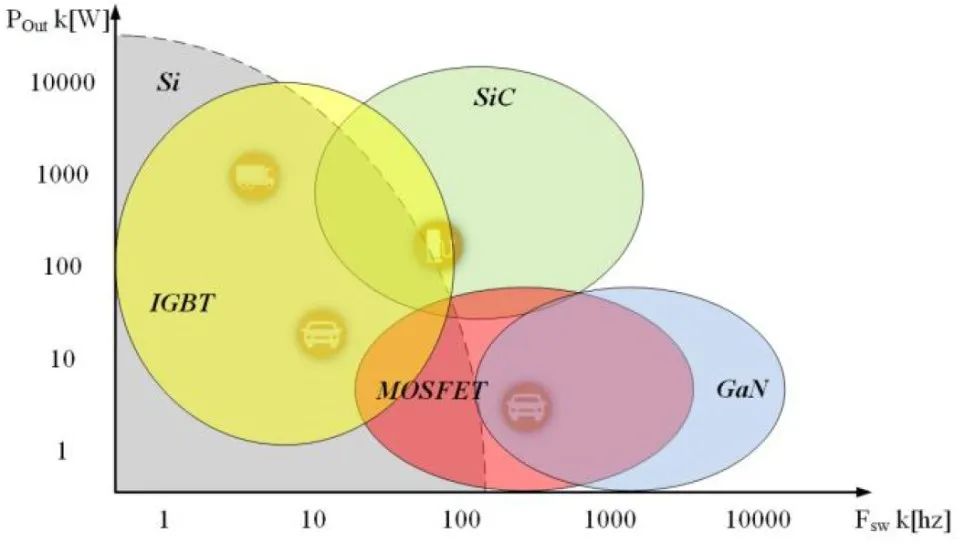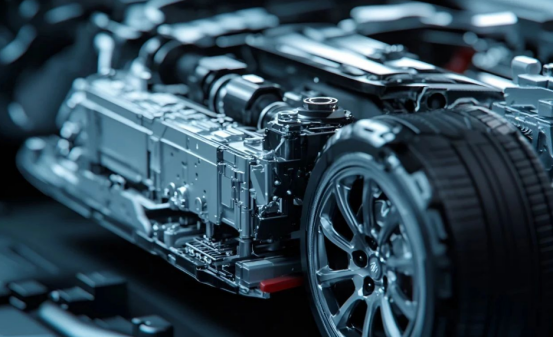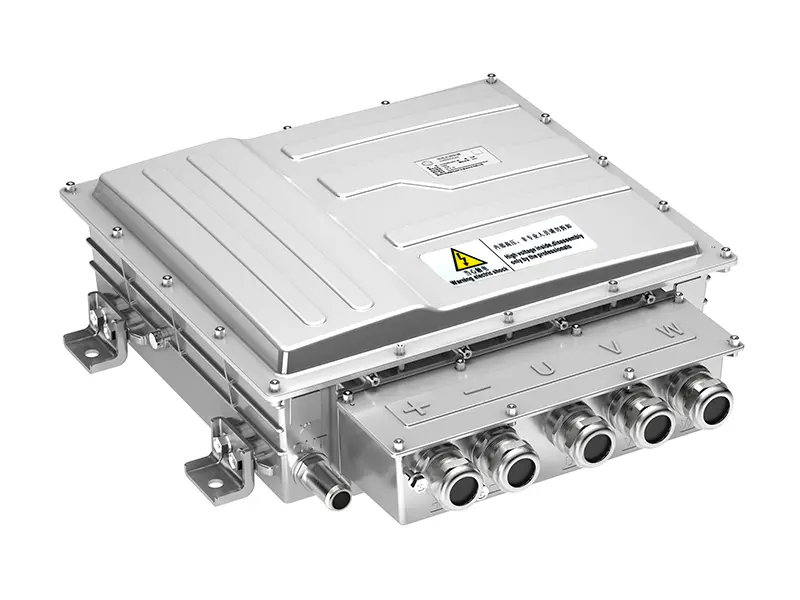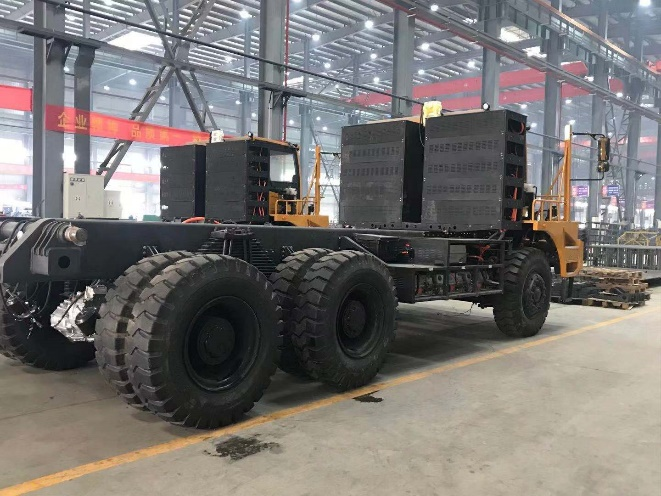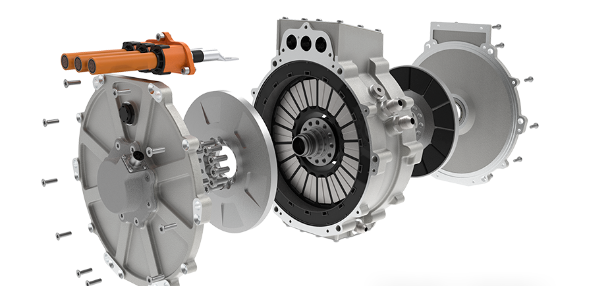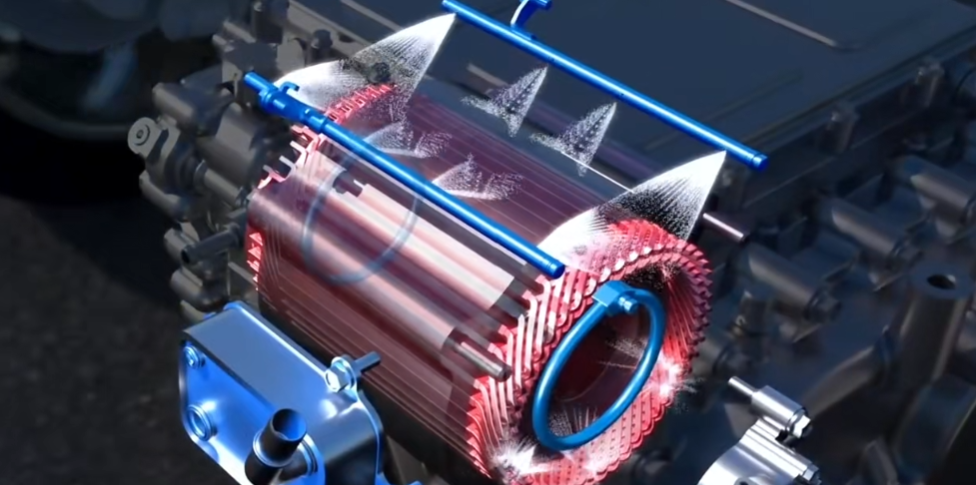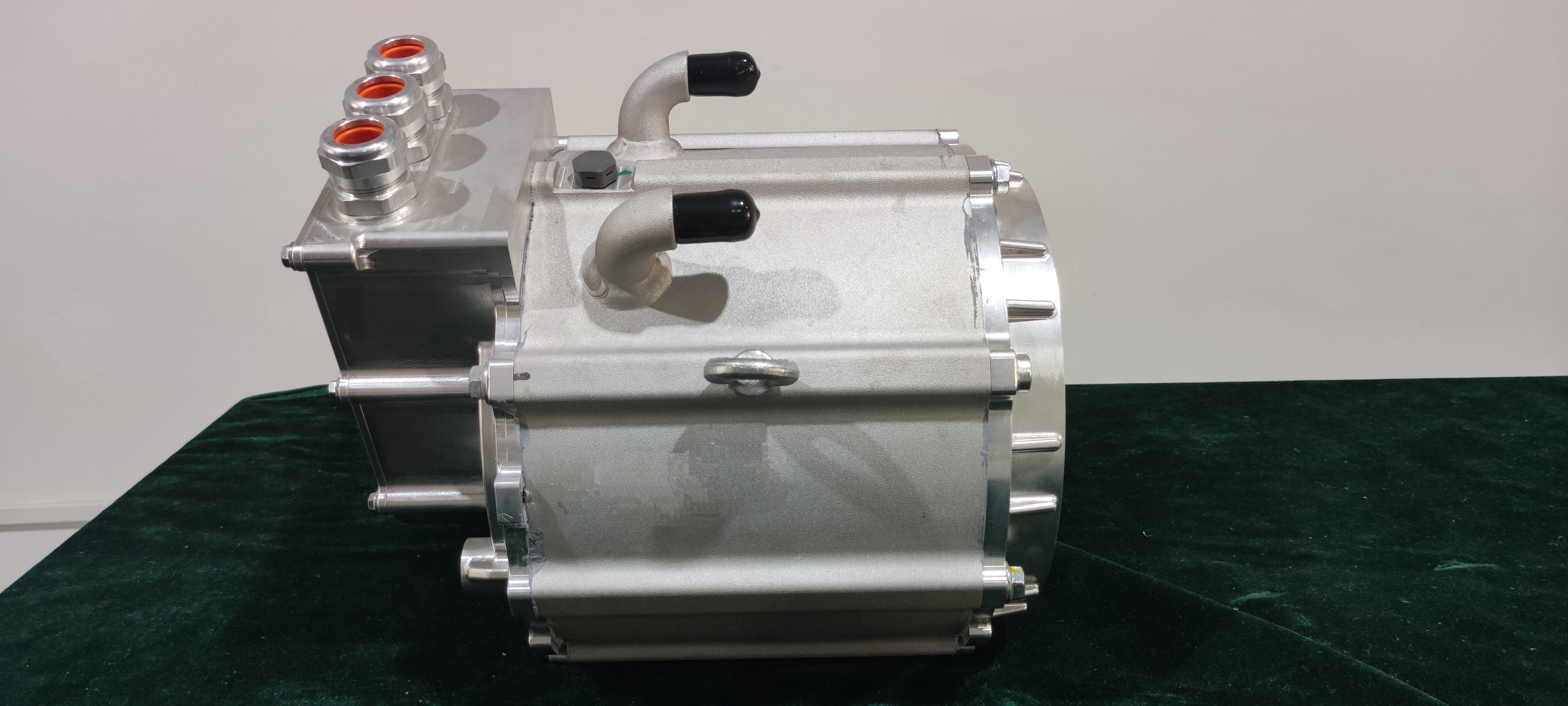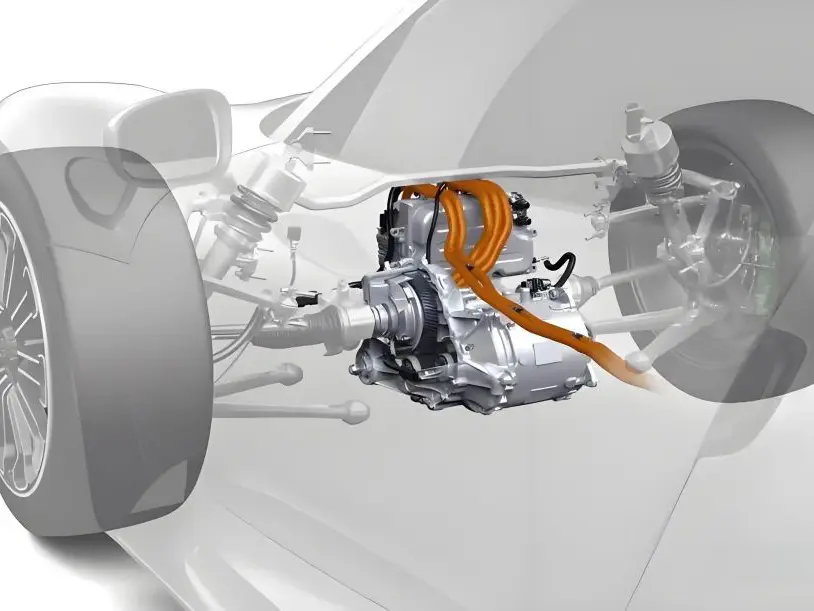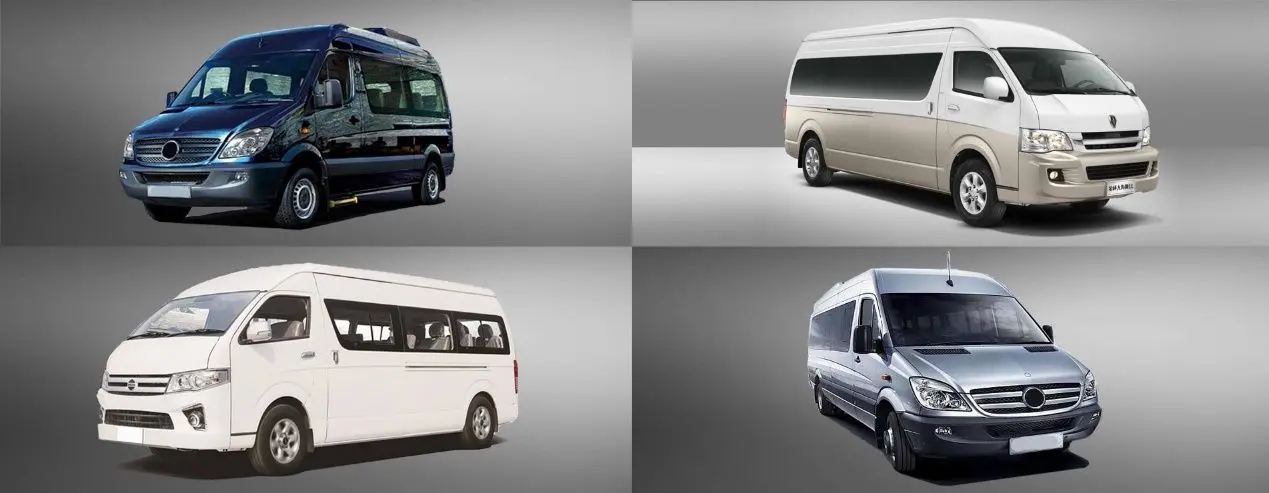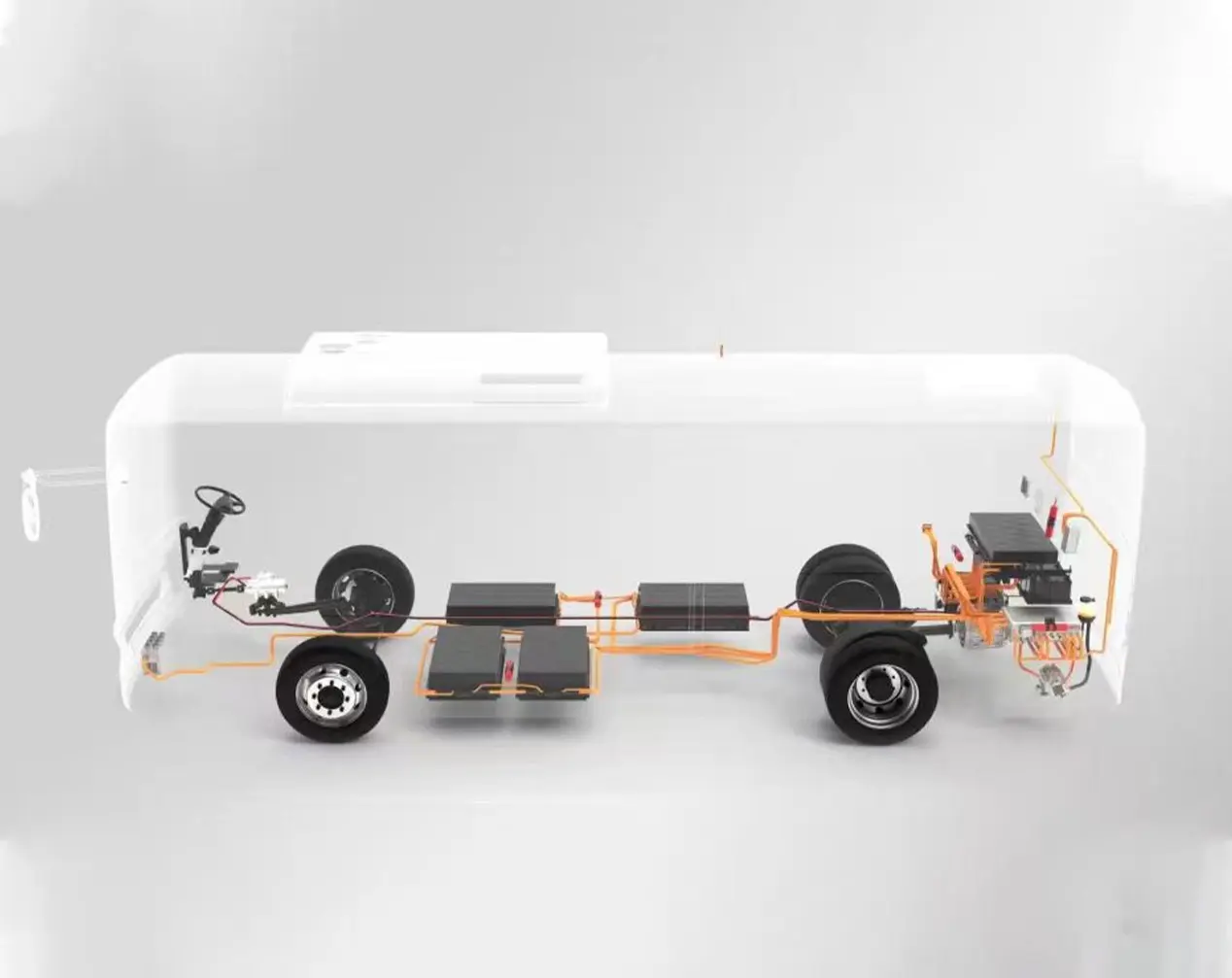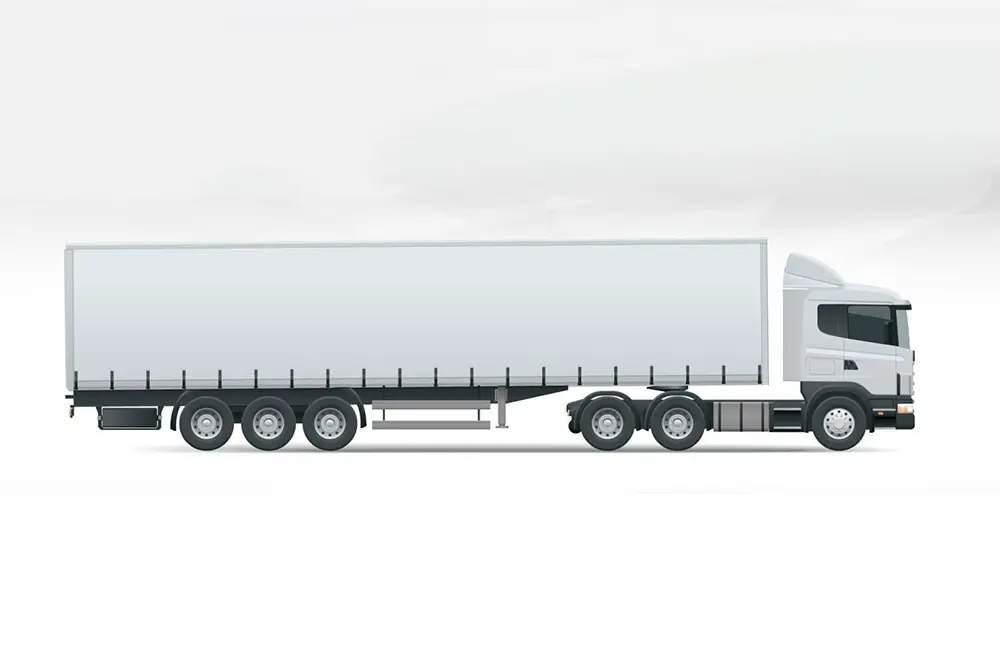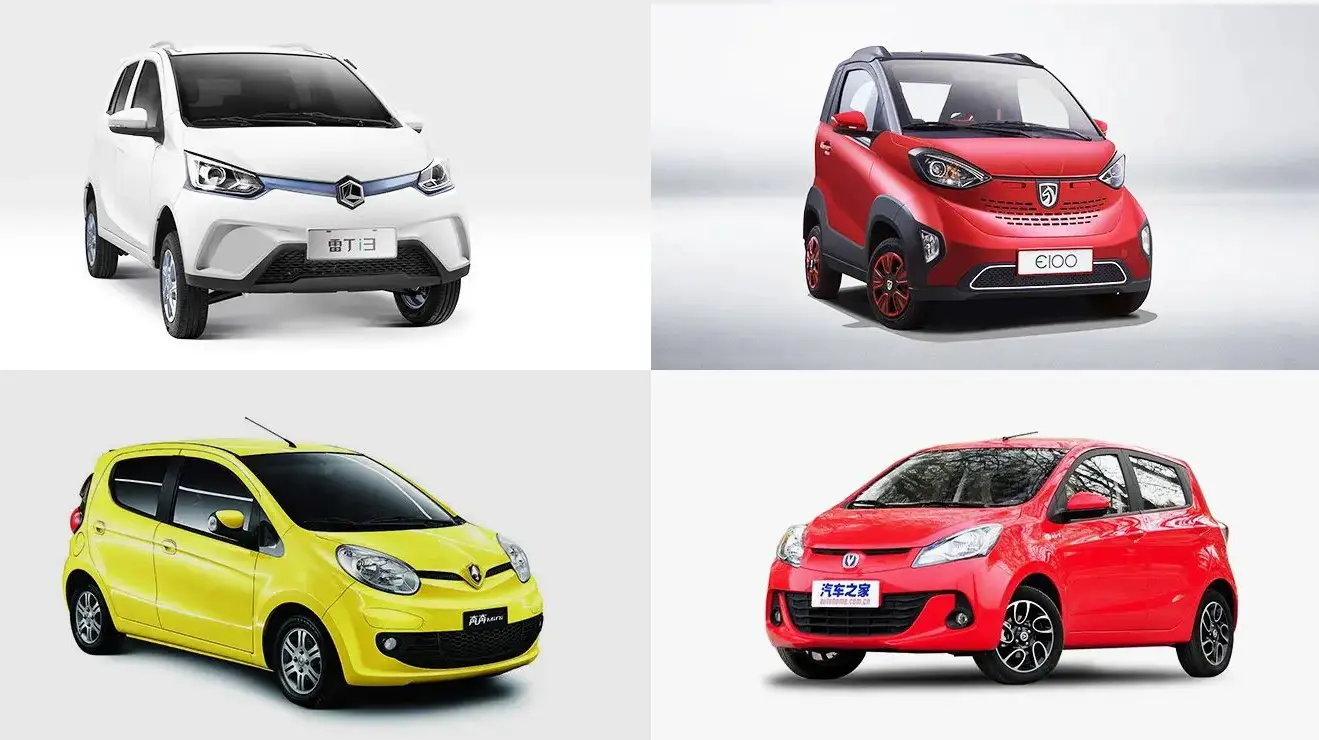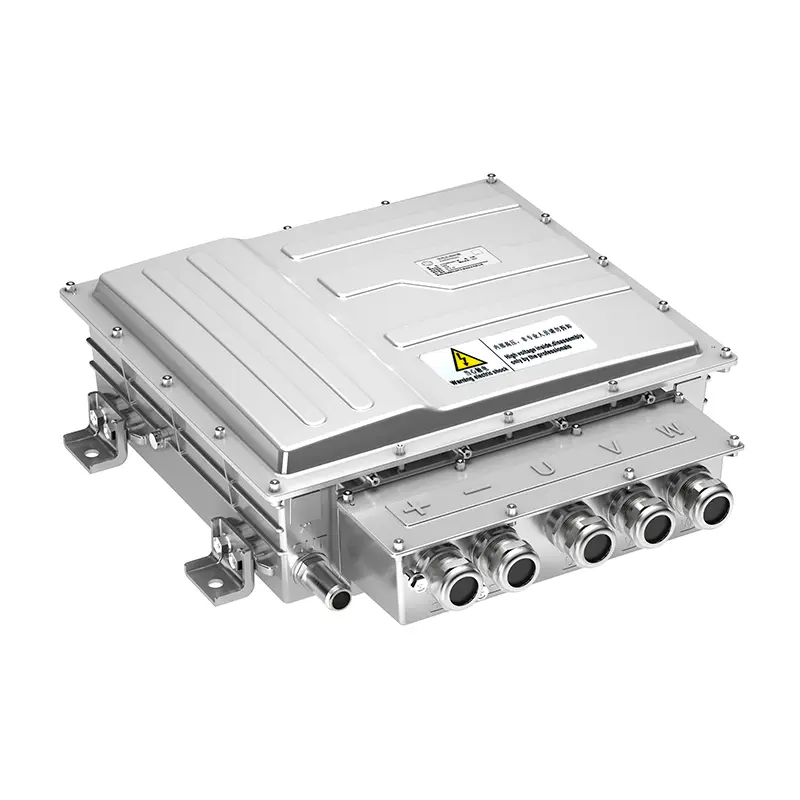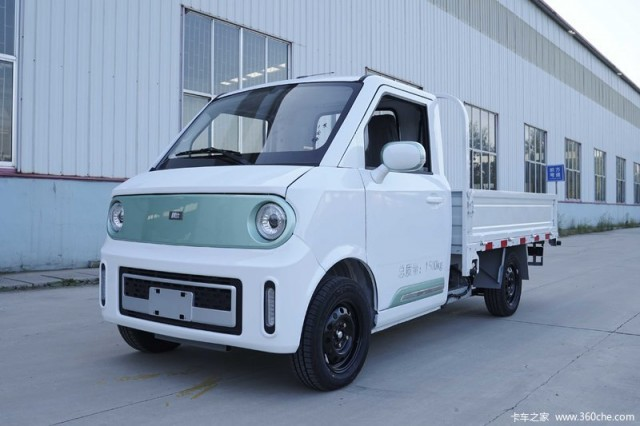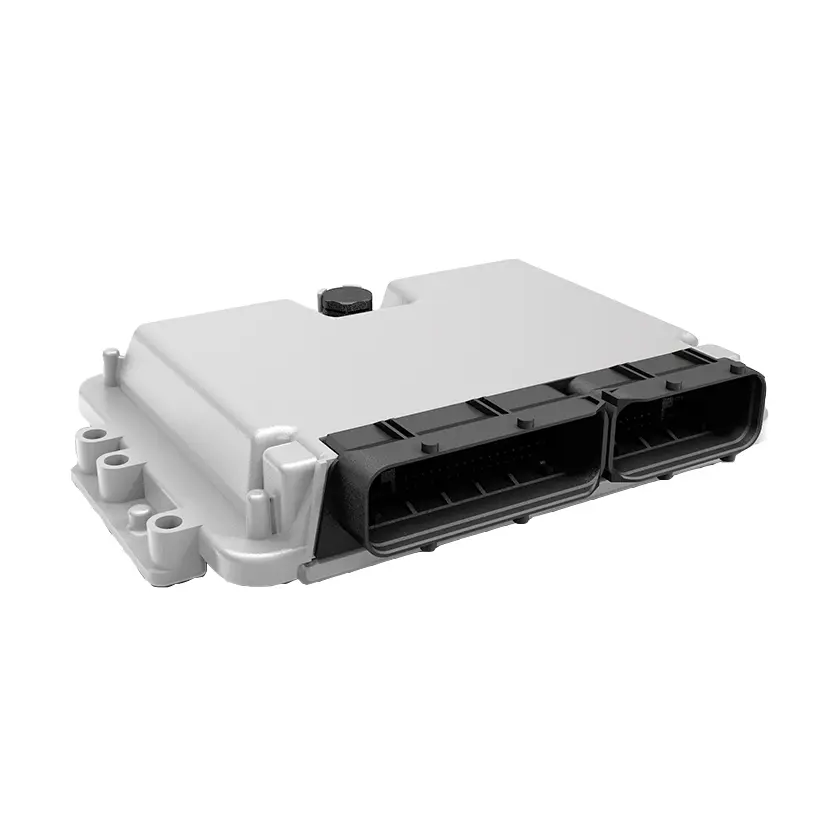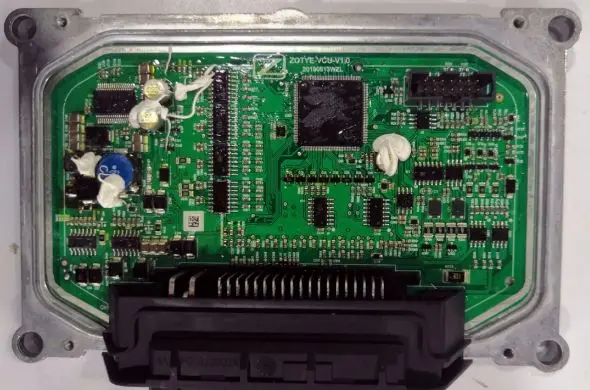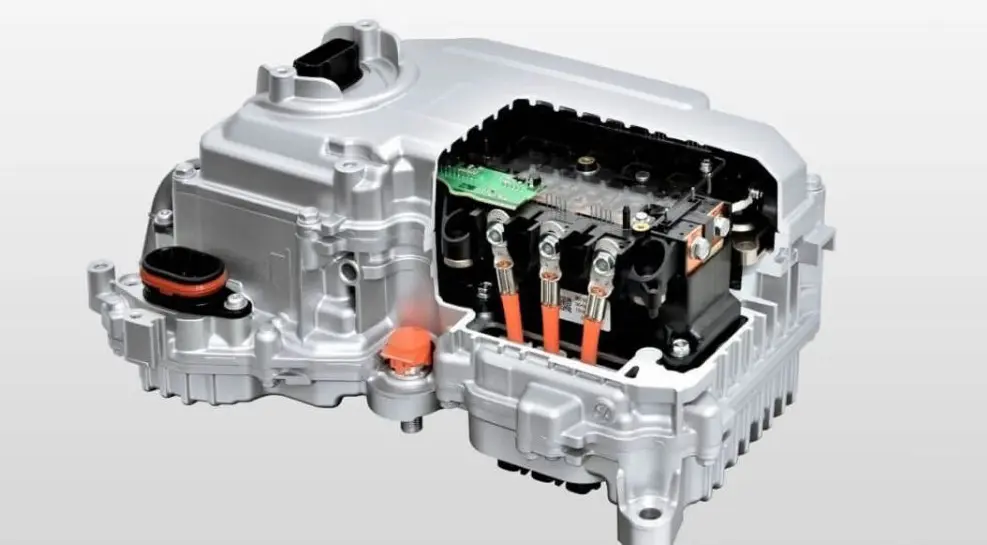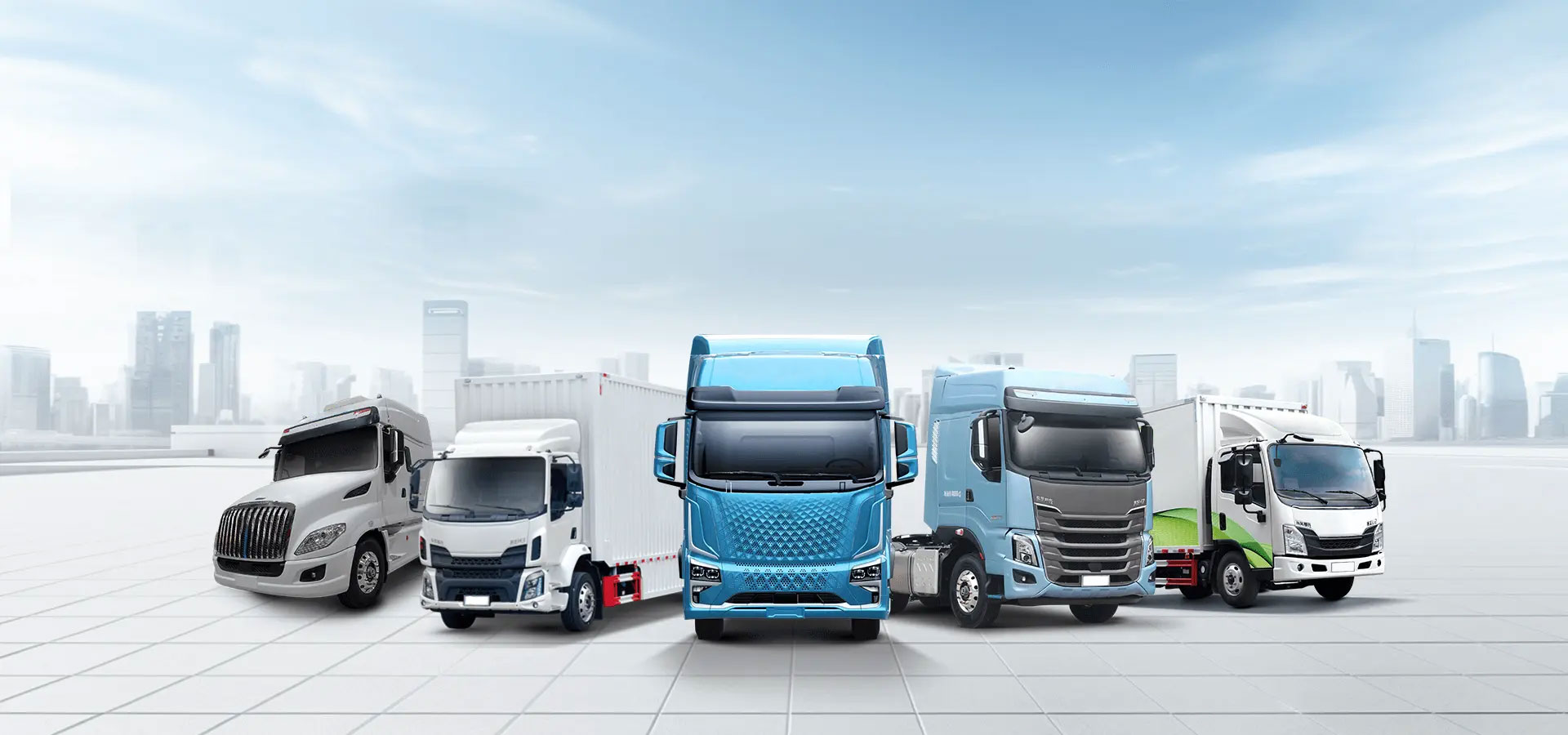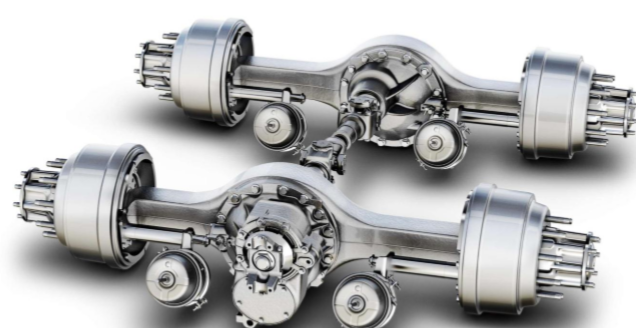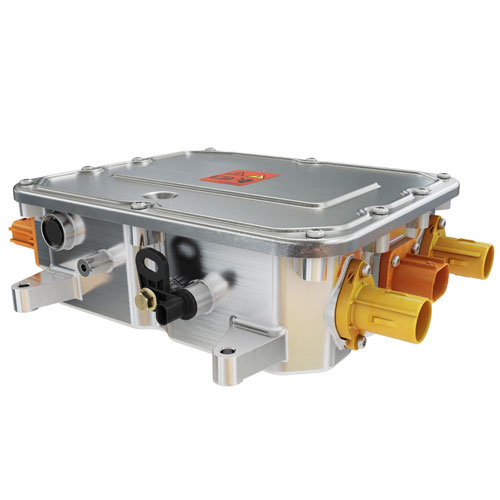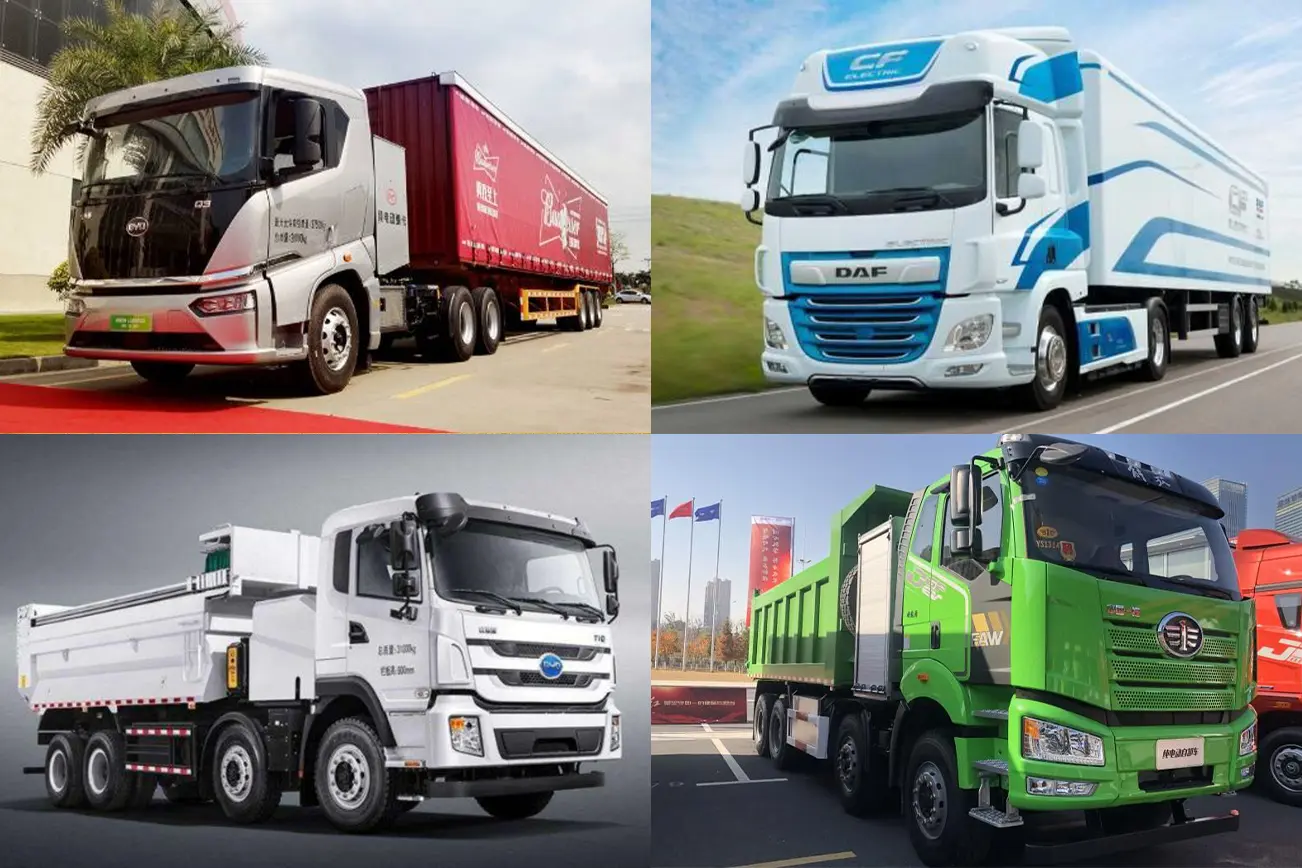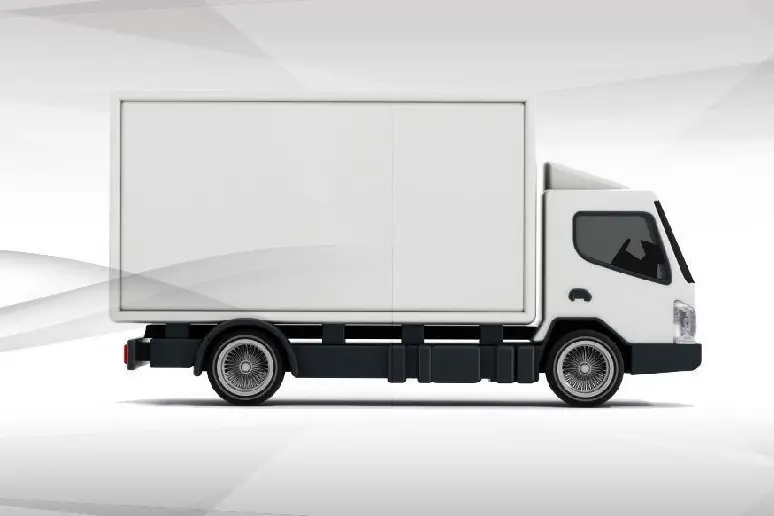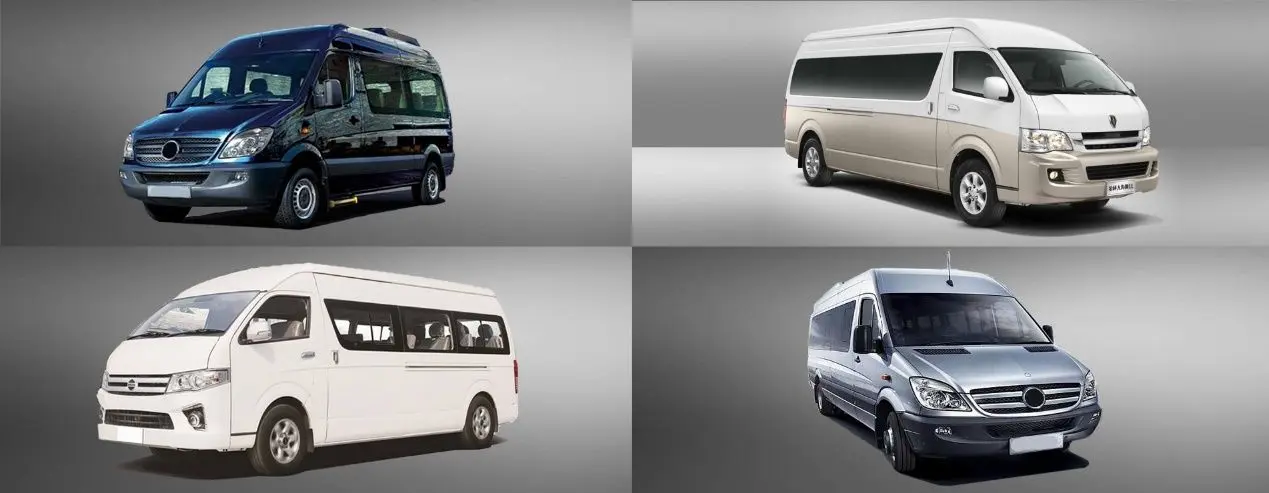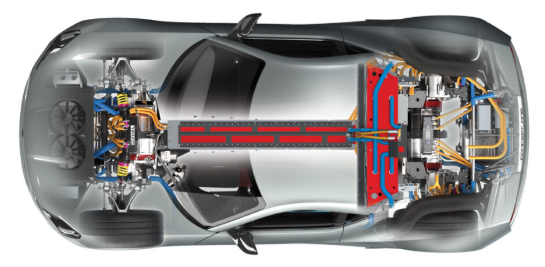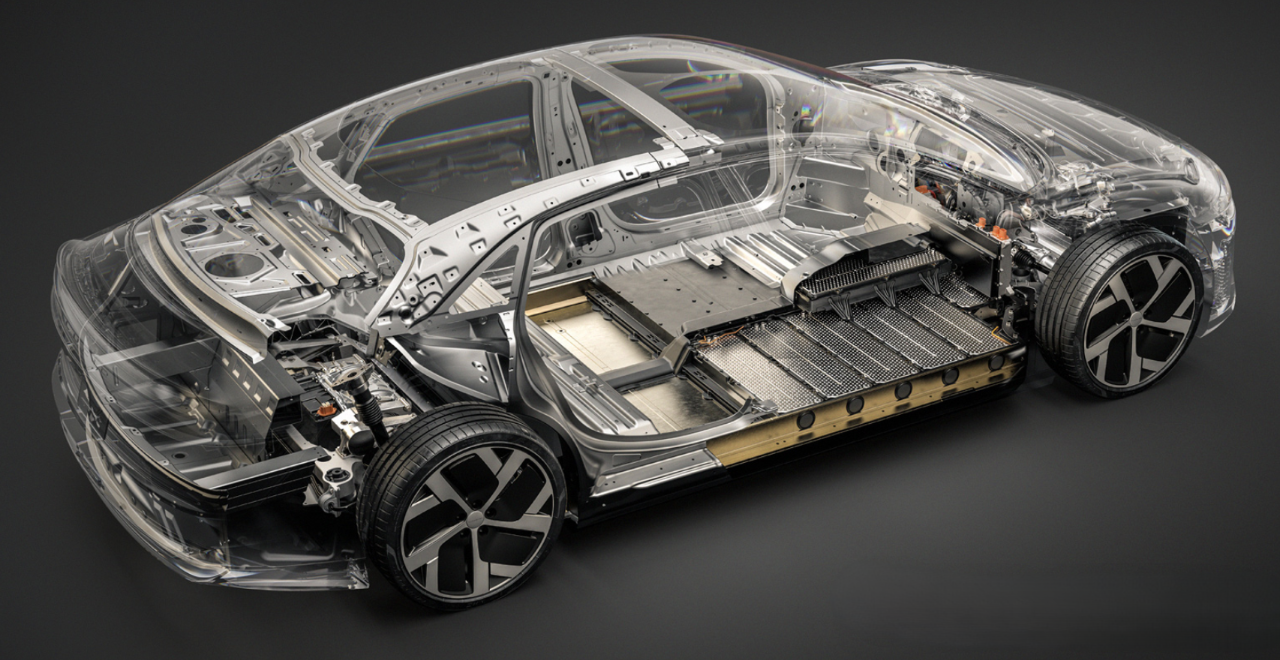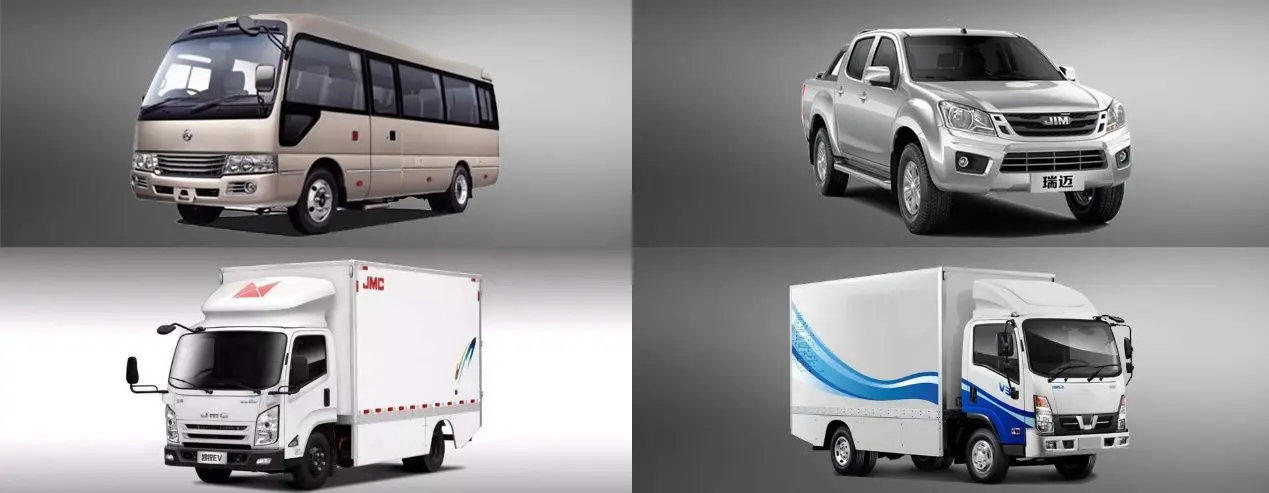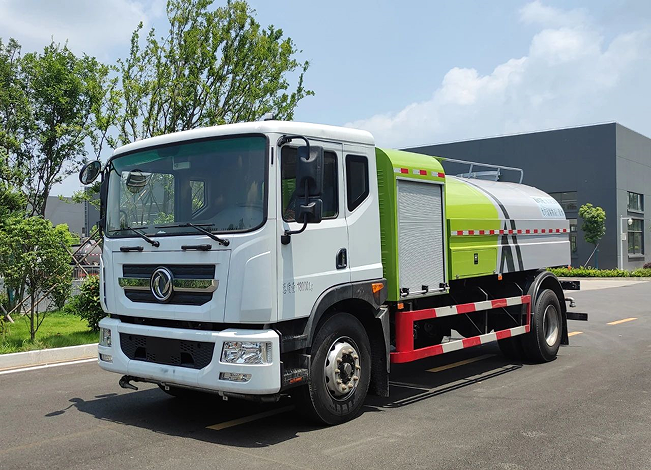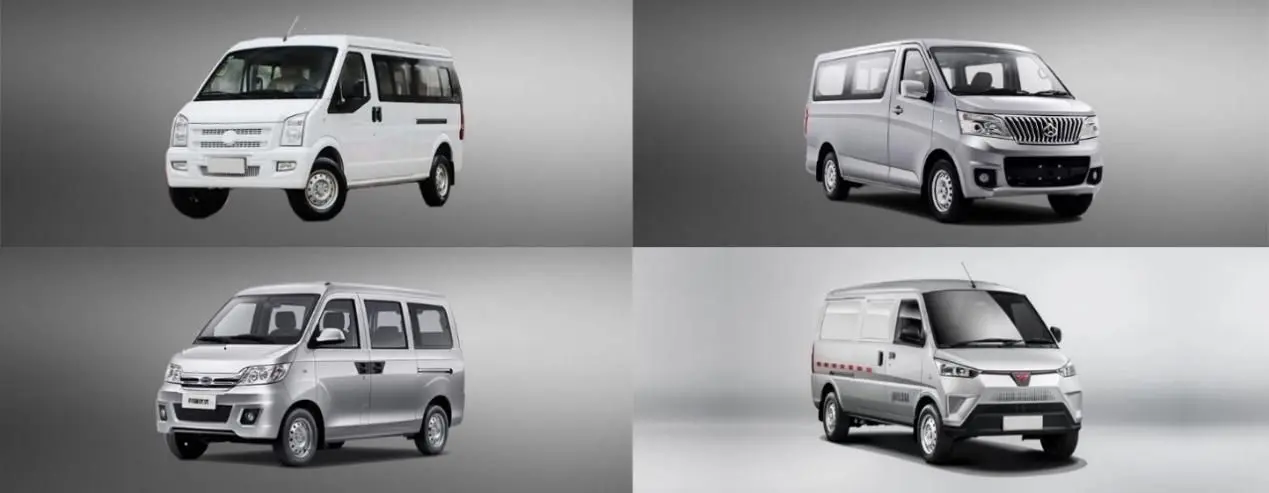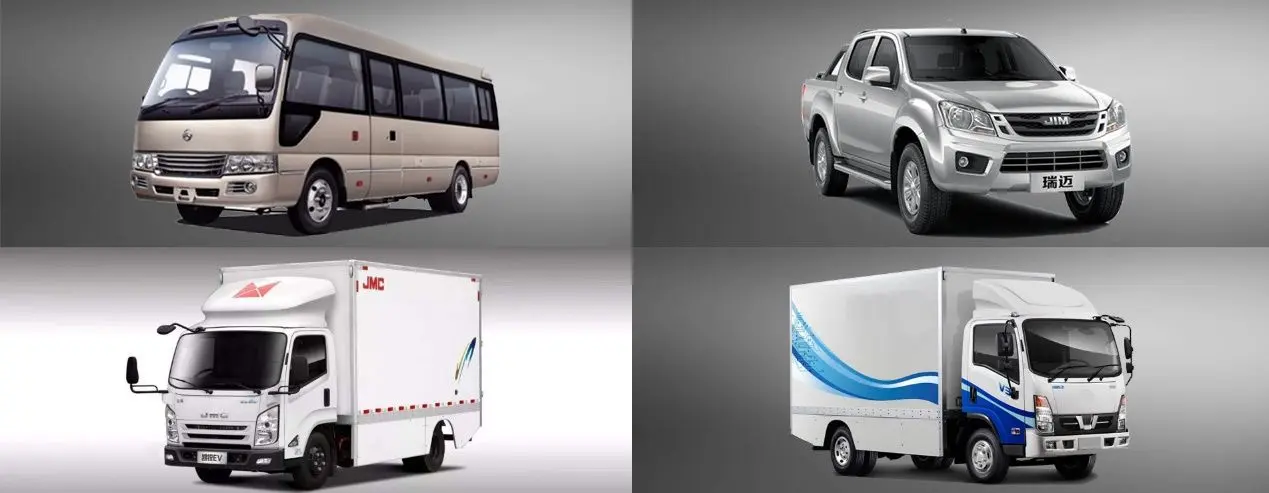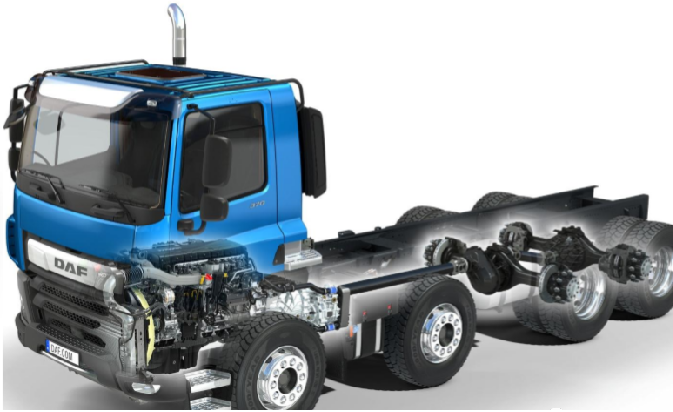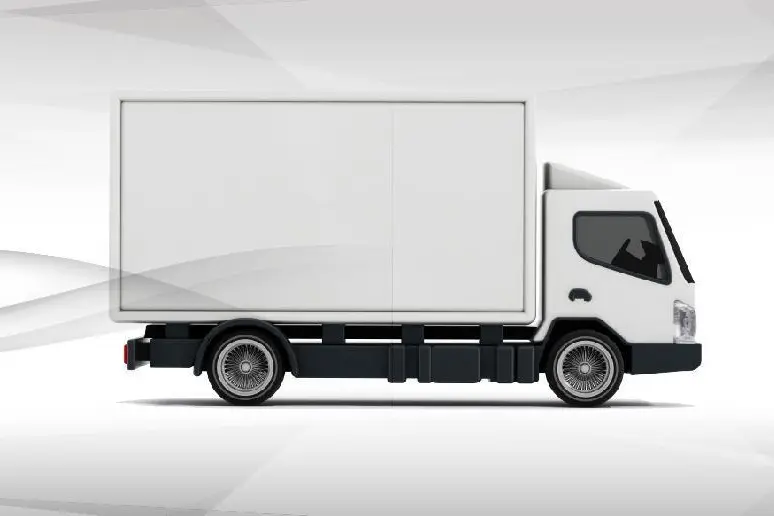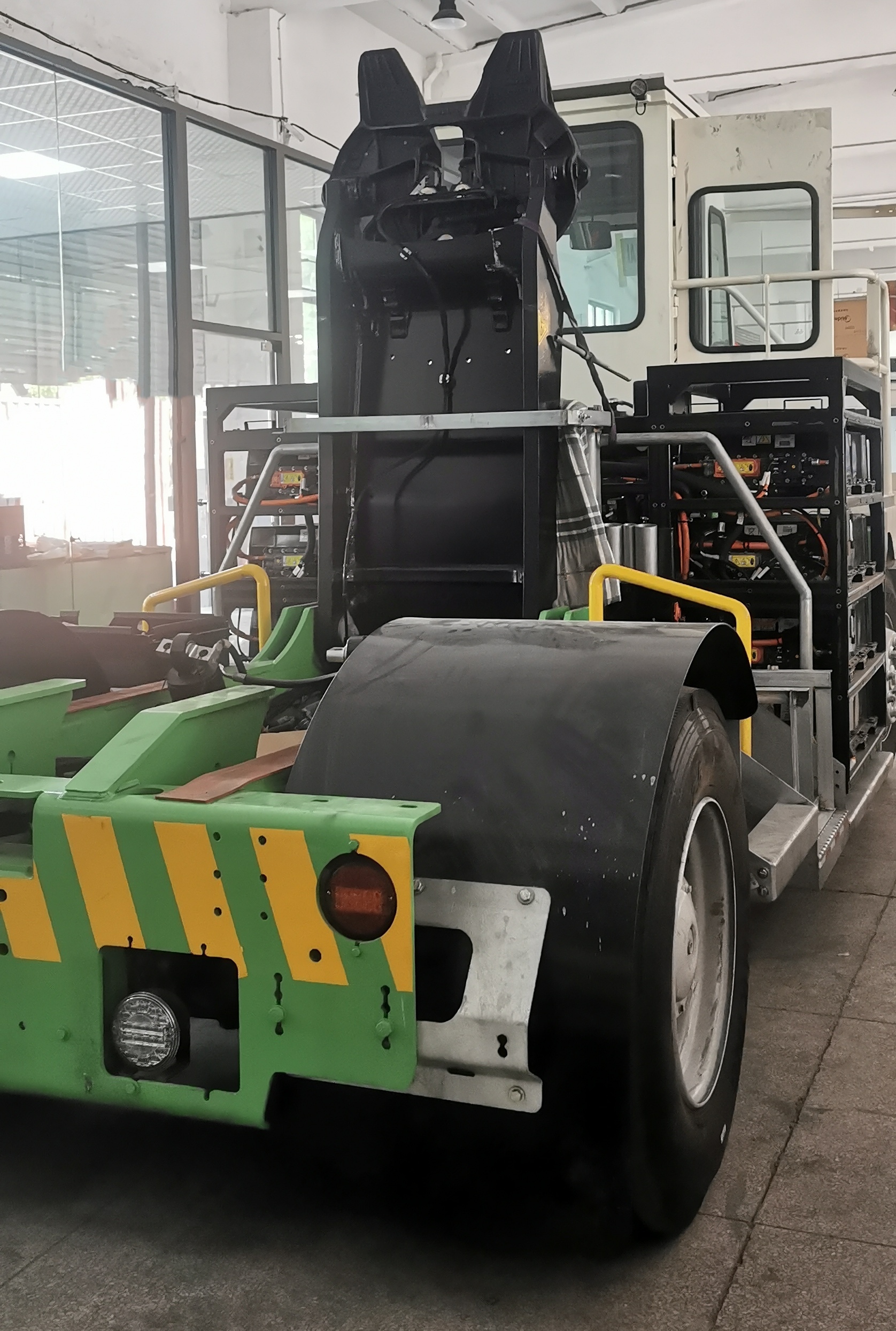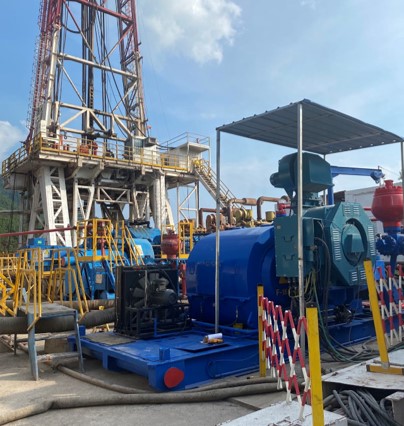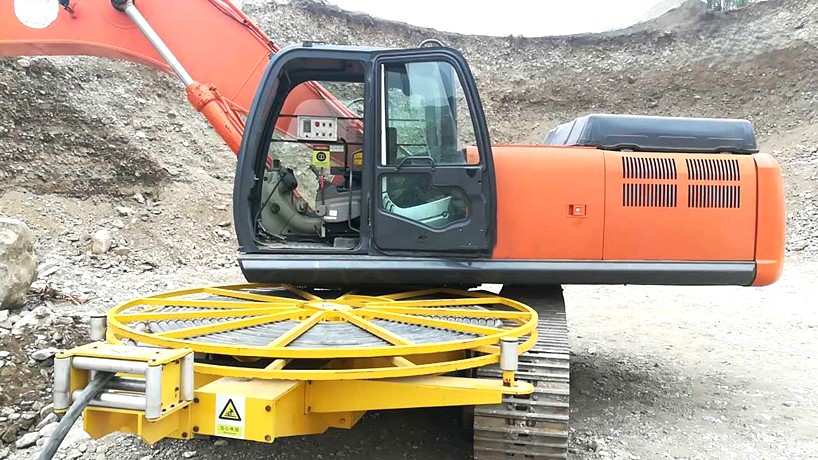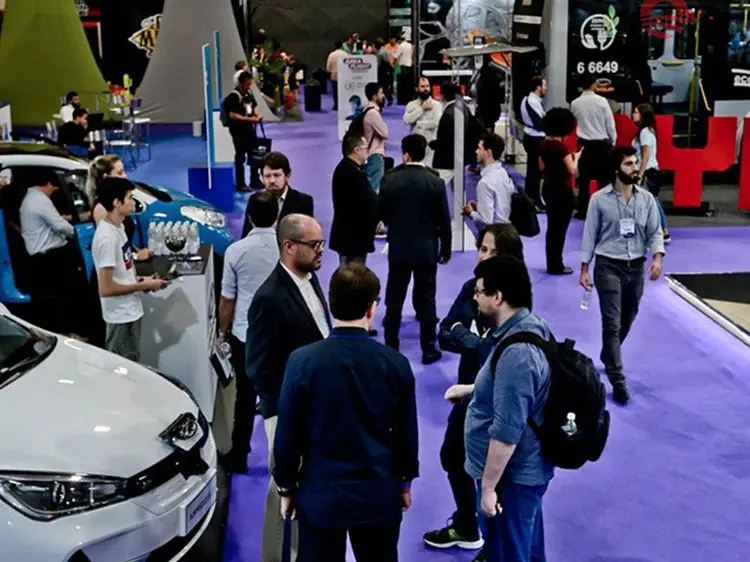Rare Earths and Power Conversion: Their Role in DCDC, DCAC, and OBC Systems
When we talk about the "heart" of an electric vehicle, high-performance motors often steal the spotlight. However, powering an EV requires more than just a strong "heart." An equally complex and critical "neural network" and "circulatory system" work silently in the background – this refers to the power electronics system comprised of the DCDC converter, On-Board Charger (OBC), and inverter (DCAC). Interestingly, in this field dominated by silicon-based semiconductors, the very rare earth elements that give motors their exceptional magnetic properties also play an indispensable behind-the-scenes role.
This isn't about the magnets themselves, but rather the relentless pursuit of efficiency, stability, and power density. At every point where electrical energy needs to be precisely converted, the unique characteristics provided by rare earth materials help engineers push the boundaries.
1. On-Board Charger (OBC): A Smaller, Faster Charging Partner
Your OBC is the device that converts alternating current (AC) from a charging station into the direct current (DC) required by the battery. Its core components are high-frequency transformers and inductors. To increase charging speed and reduce the size of the unit, engineers need to continuously increase the operating frequency of these components.
But higher frequencies typically lead to greater core losses, resulting in heat generation and reduced efficiency. This is where rare earths come into play. Using rare earth permanent magnet materials like Neodymium Iron Boron (NdFeB) for bias magnetic compensation, or employing high-performance rare earth soft magnetic materials, can significantly suppress magnetic saturation at high frequencies and reduce losses. This means an OBC can achieve a higher power rating in a more compact size, making fast charging more efficient and reliable.
2. DCDC Converter: The Stable and Reliable "Voltage Regulator"
The DCDC converter is responsible for stepping down the high voltage from the traction battery pack (e.g., 400V or 800V) to power the vehicle's low-voltage systems (12V/48V), including lights, infotainment, and control units. This system must be extremely stable and efficient.
Here, the temperature sensitivity of the inductor elements used in the converter is directly related to the stability of the entire system. Certain inductor designs utilizing Samarium Cobalt (SmCo) permanent magnets benefit from SmCo's excellent temperature stability (its magnetic properties change far less with temperature compared to other materials). This allows them to provide extremely stable inductance values across a wide temperature range from -40°C to 150°C. This ensures that the DCDC converter can provide a clean and stable power supply to the low-voltage network, whether in freezing cold or scorching heat, guaranteeing the absolute safety of the vehicle's electronic systems.
3. Inverter (DCAC): The Core of Precise Control
The inverter is the key component that converts the battery's direct current (DC) into the alternating current (AC) needed to drive the motor. It directly determines the motor's torque response and speed control accuracy. The performance limits of an inverter are often constrained by the switching speed and current handling capacity of its internal power modules (such as IGBTs or SiC MOSFETs).
On the path to pursuing higher switching frequencies and greater current, heat dissipation is one of the biggest challenges. Although rare earths are not used directly in semiconductor chips, in some advanced thermal management solutions, thermal interface materials or ceramics containing rare earth elements are used in power module packaging and heat spreaders due to their excellent thermal conductivity. This helps core components dissipate heat rapidly, thereby allowing the inverter to sustain peak power output.
Conclusion: System-Level Synergy
At PUMBAA, we understand that an electric vehicle's powertrain is a highly integrated system. Our comprehension of rare earth materials extends beyond manufacturing powerful permanent magnet motors to encompass the entire flow and conversion of electrical energy. By understanding and applying the unique advantages of rare earths in magnetic and thermal properties, among others, we can achieve the following in DCDC, OBC, and DCAC systems:
Higher power density, making components more compact and lightweight.
Broader temperature adaptability, enhancing all-climate performance.
Superior electrical efficiency, ultimately extending driving range.
This is not just about selecting the best materials; it's about how these materials work together synergistically within a complete system to achieve a "1+1>2" effect.
Want to gain a deeper understanding of how we integrate materials science with power electronics technology? Visit our official website to explore PUMBAA's complete solutions in the e-drive system domain.
www.pumbaaev.com













